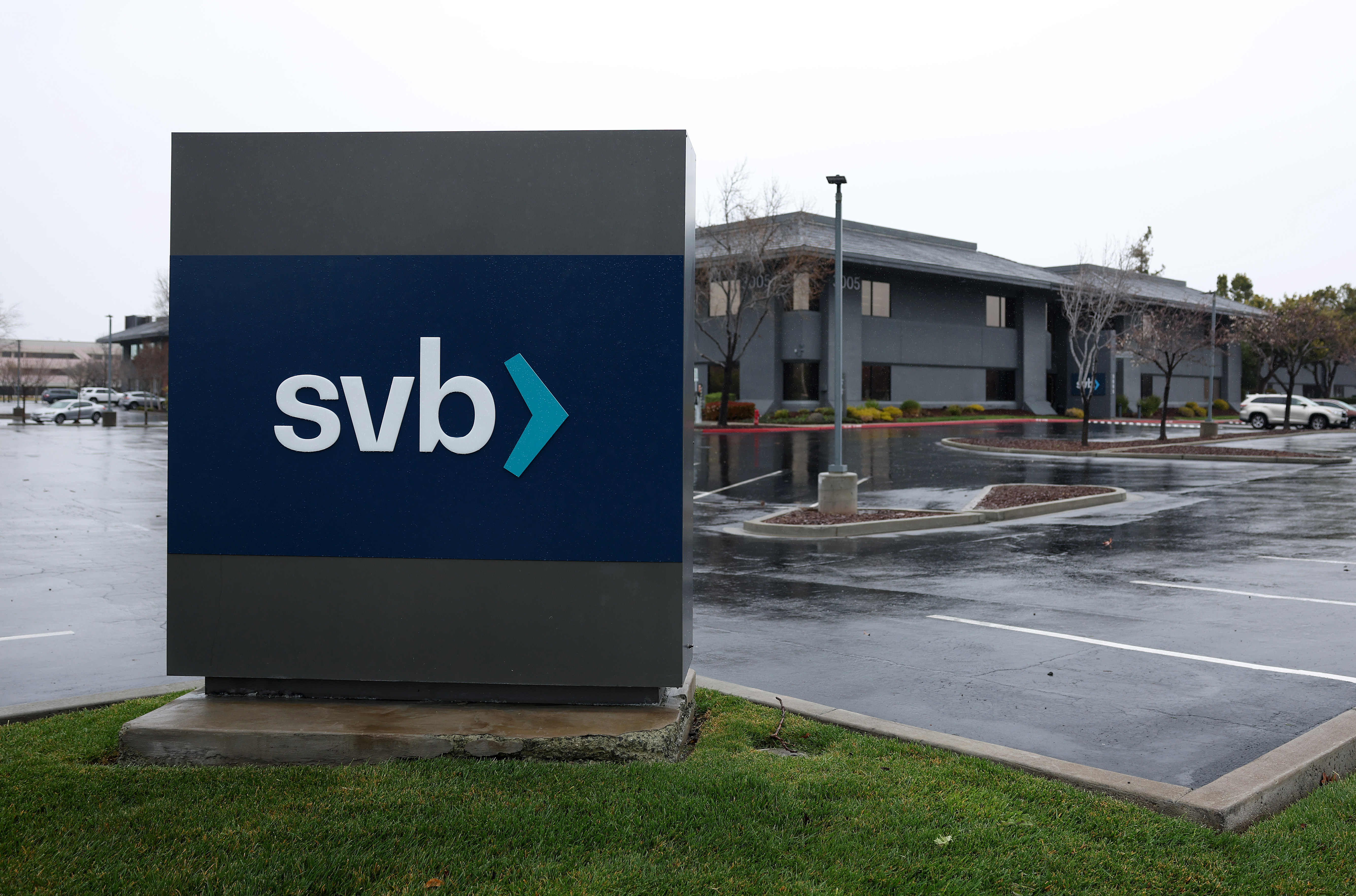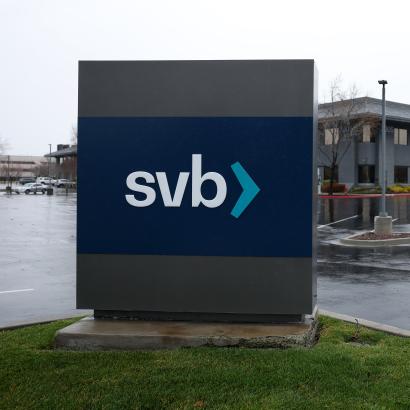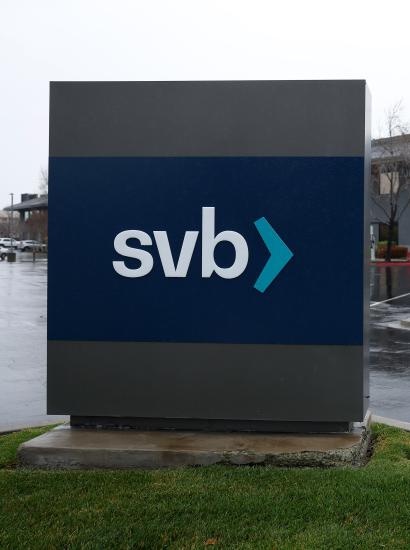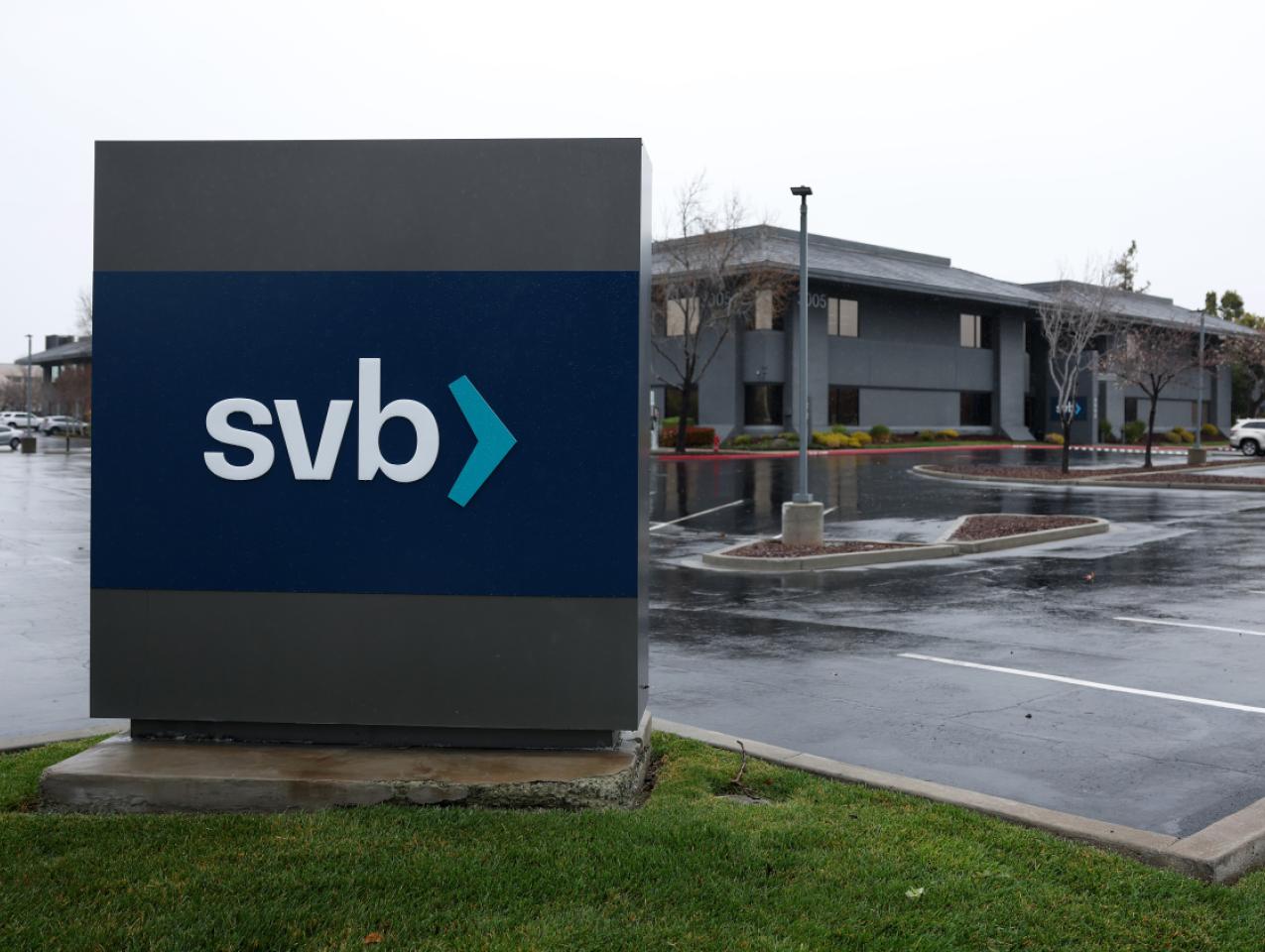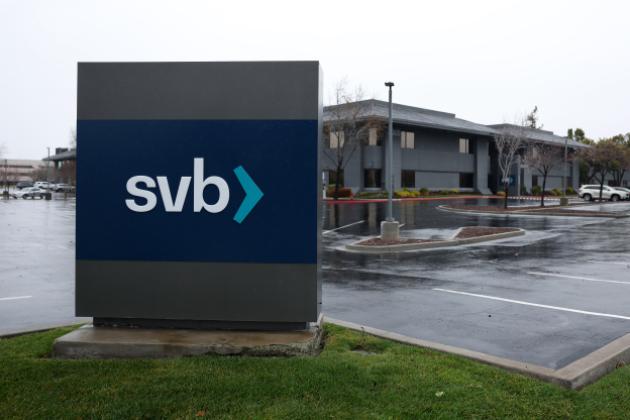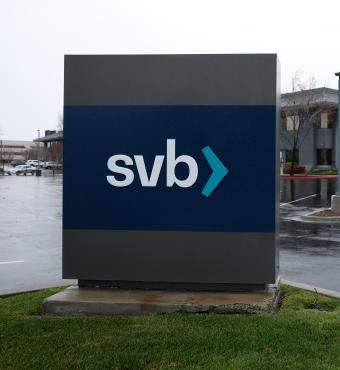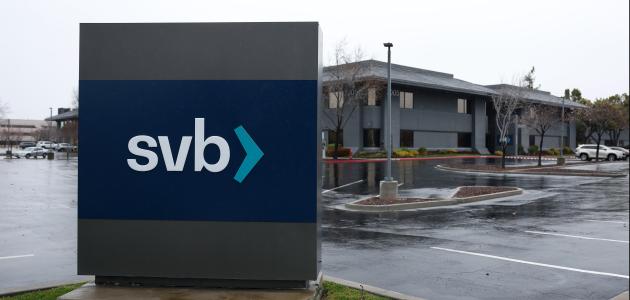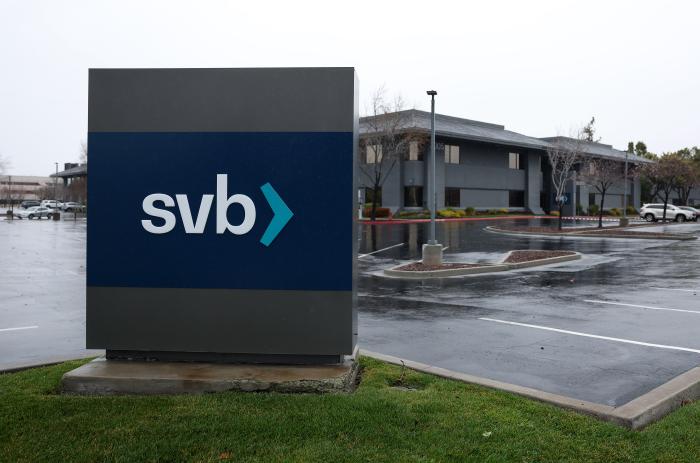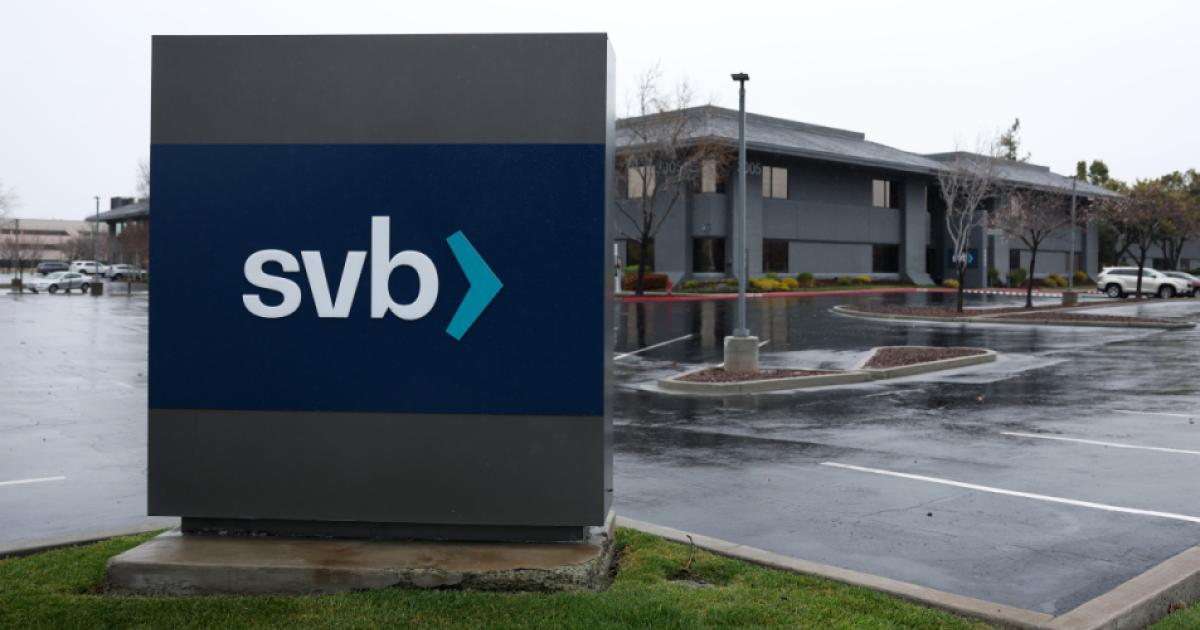- Finance & Banking
On CBS’s Sunday morning interview show, Face the Nation, Treasury Secretary Janet Yellen stated clearly that the federal government would not bail out the failed Silicon Valley Bank. Many of us took that to mean that there would be no bailout. But Yellen said in the same interview that the feds would try to meet the needs of depositors. Translation: there would be a bailout, not of the shareholders of SVB, but of depositors. This would include those whose deposits were above the FDIC-insured limit of $250,000.
The bailout is a terrible idea. It increases moral hazard. It creates uncertainty about the rules. And it suggests to participants in a market economy that if they have ins with the people in power, they will get special treatment. The bailout adds, in short, to what philosophical novelist Ayn Rand called the “aristocracy of pull.”
The Background
What got Silicon Valley Bank into trouble? It’s pretty simple: a maturity mismatch. The bank offered higher interest rates than normal to depositors, who were free to withdraw their deposits at any time. That means that SVB’s liabilities—what it owed depositors—were short-term. But to generate the funds to pay those relatively high interest rates, SVB needed to invest in high-interest assets. So the bank bought long-term bonds that paid those high interest rates. Bonds give their owners the right to a stream of fixed interest payments.
The risk with long-term bonds, once you’ve bought them, is that interest rates rise. When that happens, the price of the bond falls because the present value of the whole stream of payments falls. With interest rates rising, the value of SVB’s assets was falling. If they fell enough, which they did, SVB might not be able to make good on all its deposits. Savvy depositors whose deposits were well over the $250,000 insured by the Federal Deposit Insurance Corporation quickly withdrew their deposits. In one day, last Thursday, depositors tried to pull out a whopping $42 billion.
But why, if deposits are insured up to $250,000 per account, would depositors panic? The reason is that many account holders had many times the $250,000 limit in their accounts. According to the editors at the Wall Street Journal, Roku, a company that makes streaming devices, had $487 million in its account. Why would Roku take what seems like such an incredible risk, the risk of losing 99.95 percent of its deposit? There are really only two possibilities: (1) the managers of Roku are incredibly ignorant or foolish or both, or (2) the managers bet that if things went wrong, the feds would come to the rescue.
As it turns out, the feds did come to the rescue. Yellen and other federal officials have decided to make depositors whole no matter how large their deposits.
Moral Hazard
On March 12, former treasury secretary Lawrence H. Summers tweeted, “This is not the time for moral hazard lectures or for lesson administering or for alarm about the political consequences of ‘bailouts.’ ” Actually, it is exactly the time for all of that.
So here goes.
“Moral hazard” is a funny term that seems to imply something that it isn’t. It isn’t necessarily about morality. The term originated in the insurance industry. That’s appropriate because it refers to the fact that people take more risks when they have insurance that protects them if their risky actions lead to a bad result. A standard example is that someone with fire insurance on his house might leave a fire burning in the fireplace when he goes out to shop.
Moral hazard applies in the case of deposit insurance. Because my checking account in my bank has a balance that is well below $250,000, I pay zero attention to my bank’s portfolio of loans. I’m like the guy with fire insurance.
Interestingly, the politician who identified the moral hazard from deposit insurance, although not by name, was Franklin D. Roosevelt. Early in his first term as president, FDR stated, “We do not wish to make the United States government liable for the mistakes and errors of individual banks, and put a premium on unsound banking in the future.” Nevertheless, FDR signed the bill that established the FDIC. Don’t take any comfort from the fact that the C in FDIC stands for “Corporation.” The FDIC is a government agency, which means that if it makes mistakes, we are the ones who pay for it. That’s also a form of moral hazard.
When deposit insurance first began, the per-depositor insurance limit was $2,500. Since then, it has been raised many times, with the biggest increase in percentage terms being from $100,000, set in 1980, to $250,000, set in 2008. If the $2,500 had been simply adjusted for inflation, it would now be set at $59,000, not $250,000.
Even with an insured limit of $250,000, though, moral hazard would have been somewhat limited. Depositors who wanted to hold much more than $250,000 would have an incentive to monitor the bank’s investments. The fact that many large depositors with SVB—approximately 90 percent of the deposits were uninsured—did not seem to do so suggests that they were confident of a bailout.
But imagine what would have happened if the federal government had stuck to the rules. Yes, there would have been pain. Yes, several Silicon Valley companies would have had trouble meeting their payrolls. But the reason that SVB was not counted as a “too big to fail” bank was that the federal government had judged that there would not be a system-wide run on banks if SVB’s depositors had taken a large haircut. The impact would almost certainly have been regional, not national. In short, “contagion” likely would have been limited. Then banks, depositors, and others would have thought much harder in the future about what to invest in.
The FDIC, Janet Yellen, and the rest of the feds who were involved had a chance to do something good for the economy: stand firm on existing FDIC rules. They blew it.
The feds, moreover, will offer
loans of up to one year in length to banks, savings associations, credit unions, and other eligible depository institutions pledging US Treasuries, agency debt and mortgage-backed securities, and other qualifying assets as collateral. These assets will be valued at par.
Valuing the assets at par when many of the assets are worth far less will be a huge implicit subsidy to these banks, savings associations, and credit unions. Interestingly, this same press release states:
With approval of the Treasury Secretary, the Department of the Treasury will make available up to $25 billion from the Exchange Stabilization Fund as a backstop for the BTFP [Bank Term Funding Program]. The Federal Reserve does not anticipate that it will be necessary to draw on these backstop funds.
These government officials seriously think that $25 billion will be enough and, moreover, that it won’t even be used? That’s absurd.
Yellen, Federal Reserve Chairman Jerome Powell, and FDIC Chairman Martin Gruenberg assured us on Sunday that it won’t require higher taxes: “No losses associated with the resolution of Silicon Valley Bank will be borne by the taxpayer.”
Whew! That’s a relief. So where will the funds come from? Yellen et al. continued: “Any losses to the Deposit Insurance Fund to support uninsured depositors will be recovered by a special assessment on banks, as required by law.” So all banks, including the more responsible banks, will pay more.
Regime Uncertainty
Economic historian Robert Higgs introduced the concept of “regime uncertainty.” What he meant by that phrase is an economic system in which people aren’t sure of the rules, mainly because the rules keep changing and in unpredictable ways. Higgs argued that the reason the Great Depression lasted through the 1930s and early 1940s was that FDR kept changing the rules. With his National Industrial Recovery Act of 1933, Roosevelt forced scores of industries into government-enforced cartels. Then, after winning re-election in 1936 in a campaign in which he inveighed against “economic royalists,” FDR started major antitrust action to break up monopolies. Although Higgs doesn’t mention this, add to the mix the fact that banks, to avoid running out of reserves as they had during the massive bank failures early in the 1930s, started keeping more excess reserves than usual. In response, the Federal Reserve, noticing that fact but apparently not wondering why, doubled the reserve requirements for checking accounts in 1937, leading to a reduction in the money supply and a double dip recession. Regime uncertainty was rampant.
Yellen et al. have added to the regime uncertainty. The public and banks were told that if they stayed below a certain size, they would not be deemed “too big to fail” and could, therefore, avoid certain regulations in return for taking on the risk of failure. But in one day, Yellen et al. swept that understanding away. SVB gets retroactively labeled a systematically important financial institution (SIFI) without having been subject to the constraints imposed on actual SIFIs and without having had to pay the related deposit insurance premiums.
Politicians think almost entirely about the short term. This bailout will probably calm markets somewhat. But it will have horrible long-term consequences. Now other banks that were careful about their loan portfolio will, if they are large enough, take the kinds of risks that SVB took. The result will be more bailouts further down the road.
In a March 13 blog post, Cato Institute economist Norbert Michel put it succinctly:
Congress long ago created a framework for dealing with bank failures, and the Federal Deposit Insurance Corporation (FDIC) is at the center of that framework. The FDIC has regularly demonstrated its ability to follow the law and resolve a failed bank, and that’s exactly what they should be allowed to do now.
It is improper for government officials to take it upon themselves to change the rules of the game in the middle of the crisis by, for example, ignoring the FDIC deposit insurance limit. These types of ad hoc actions by Treasury and the Fed are harmful. They arbitrarily pick winners and losers while sowing the seeds of further confusion and panic. The FDIC should be left to its job.
The Aristocracy of Pull
Why did Yellen et al. blow away the usual FDIC process to help SVB? We may never know for sure, but there are hints. For one thing, many of the depositors who will be made whole are Silicon Valley start-ups; a large percent of the people in these start-ups contribute campaign funds disproportionately to Democrats.
That’s not all. The Biden administration tilts strongly in favor of people and firms that worry about global warming and care a lot about gender and race. Peter C. Earle, an economist at the American Institute for Economic Research, writes:
More interestingly, the SVB website spared no opportunity to trumpet a commitment to gender, race, and ethnicity within their workforce and senior-executive ranks. It did so in an appropriately data-effusive manner including percentages, charts, and the like. Another quantitatively intensive page, explaining its greenhouse gas/carbon footprint policy, did so as well.
Earle continues, “One wonders, if some of that computational power had been directed at conducting simple ‘what-if’ simulations regarding the future path of interest rates, would a greater calling have been fulfilled?”
That’s a reasonable thing to wonder. Here’s what I wonder: Are we just to assume that banks that take on the various views of the Biden administration and most of the Democrats in Congress will be treated no better than other banks?
Moreover, California Governor Gavin Newsom explicitly asked for, and received, a gift of $100,000 from SVB. The details were revealed by OpenTheBooks.
Novelist Ayn Rand had a great way of cutting to the chase with dialogue. In one of her best scenes in her 1957 novel, Atlas Shrugged, one of her many villains, James Taggart, makes a highfalutin statement about the problem with “profit-chasers” in a free market. Before he gets to the end, one of Rand’s heroes, Francisco d’Anconia, devastatingly completes his sentence. And that makes an appropriate end to this article.
James Taggart:
“We will liberate our culture from the stranglehold of the profit-chasers. We will build a society dedicated to higher ideals, and we will replace the aristocracy of money by—”
“the aristocracy of pull,” interjects d’Anconia.







